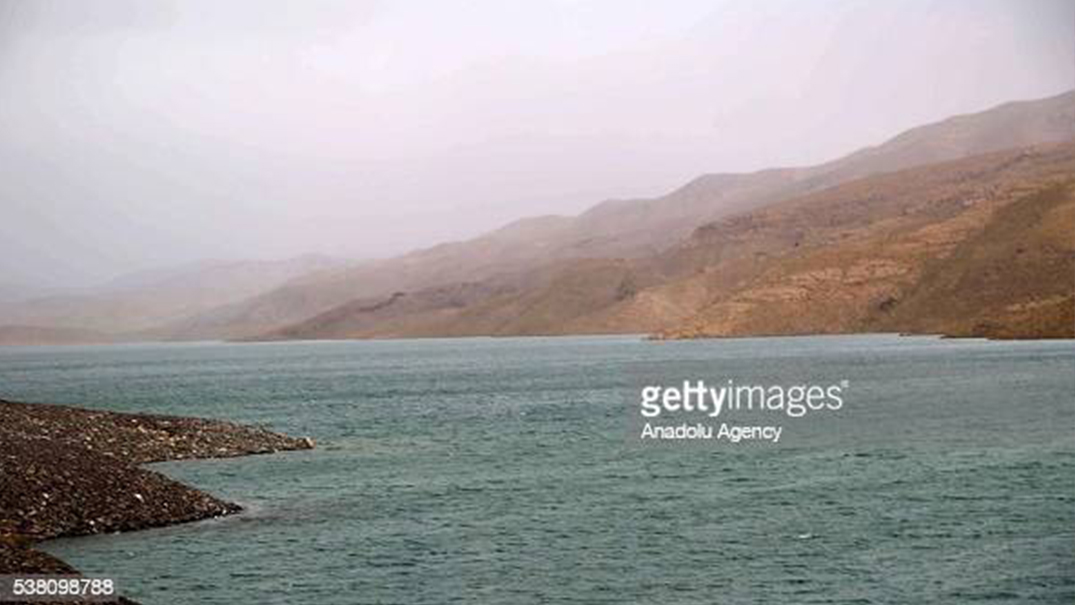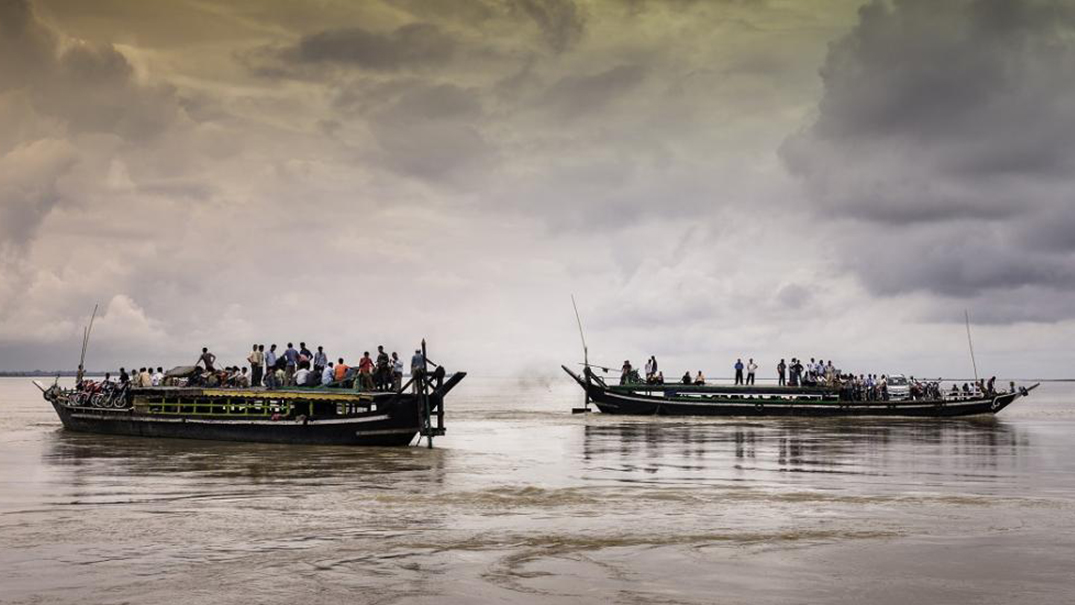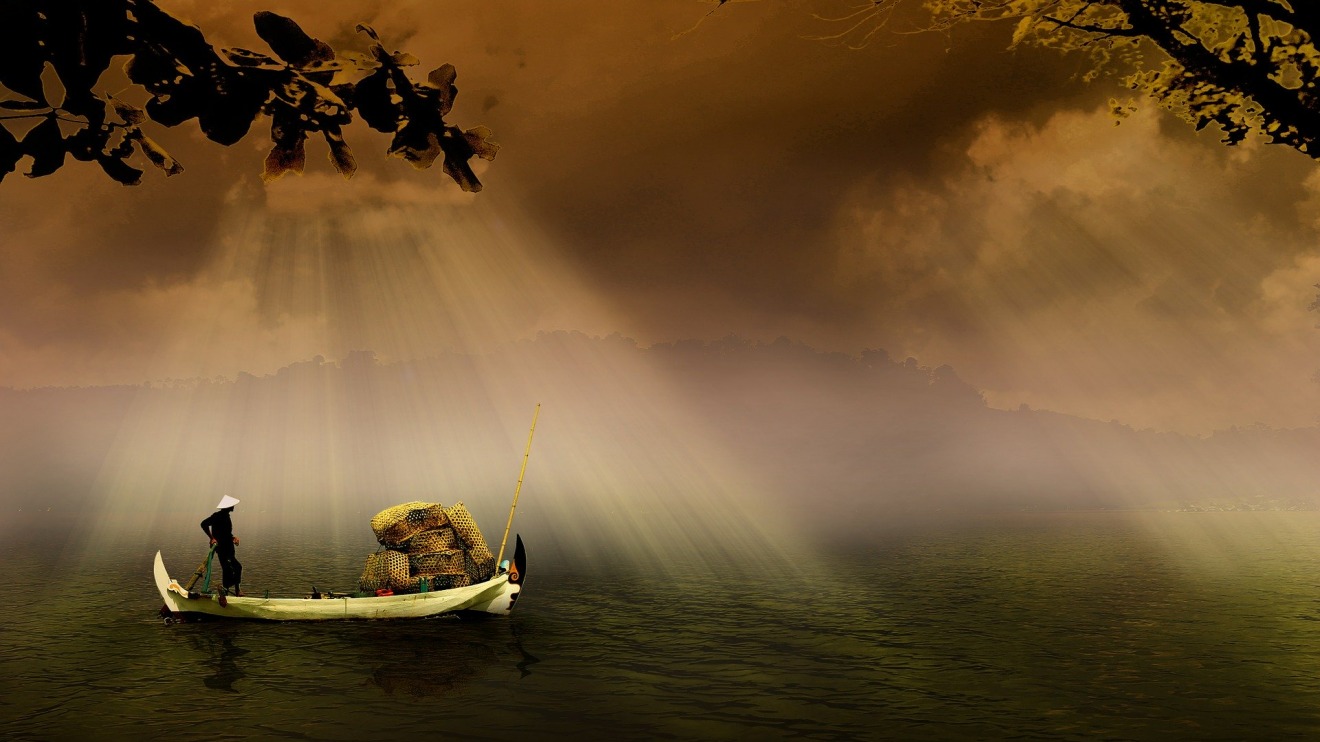Afghanistan and the region’s future is tied to Hydro-Diplomacy
The US withdrawal from Afghanistan and the new Taliban formed interim government has raised numerous concerns world over. These concerns range from the re-introduction of a stricter form of Sharia law, which could derail much of the progress made in the last couple of decades, the attitude towards and treatment of women and minorities, the potential rise of terrorism within and its spillover effects, as well as a new power play in the region and beyond.
The unfortunate history of Afghanistan, endowed with a rich culture and an abundance of natural beauty, is no stranger to attempts of being used and abused by the changing global and regional powers, though many do not necessarily see the country as a potential partner or asset. Adding to its long list of concerns is also the growing water insecurity, both within Afghanistan and for its neighbours, which doesn’t receive as much mainstream attention as it should. Every single one of Afghanistan’s neighbours is dependent on the country to a certain degree for water resources. The question of how shared waters and the current lack of hydro-diplomacy will play into regional power politics and future relationships is one that needs greater focus and study.
Every single one of Afghanistan’s neighbours is dependent on the country to a certain degree for water resources.
Water in Afghanistan: Availability Vs. Access
Landlocked and surrounded by Iran, Turkmenistan, Uzbekistan, Tajikistan, China and Pakistan, Afghanistan is rich in water resources with a geography and topography that provides significant opportunity for their use and exploitation. Traditionally, the country has experienced good rainfall in certain areas, though the recent protracted drought has led to severe shortages within the country and in the neighbourhood. While accurate data on the water availability in Afghanistan is somewhat difficult to ascertain, estimates suggest that the four major river basins, along with the northern river basin and numerous other smaller rivers and lakes, provide 75 billion cubic metres (BCM) of water, of which current usage is likely to be around 33-35 percent, for a population of almost 40 million.
The Kabul basin is home to over 25 million people and is significant to Kabul, Islamabad and other cities, with no formal agreement or management mechanism. The northern basin, an intricate mosaic of smaller rivers is, perhaps, the only major basin in the country that is extensively used.
The four major river basins are Amu Darya, Helman, Harirud-Murghab and the Kabul.
Amu Darya, one of the longest in Central Asia that forms part of the country’s border with Tajikistan, Uzbekistan and Turkmenistan and flows into the Aral Sea.
The Helmand, which is the longest river within the country, forms a part of the border with Iran and is extremely important to both countries as it is used extensively for irrigation. The Helmand is the only river on which a treaty exists, albeit bilateral between Iran and Afghanistan, on water sharing. Both the nations have also, in the past, made constructive efforts at dialogue on the Hamoun Lake under the aegis of the United Nations Environment Programme, although nothing concrete materialised. The three years of ongoing drought has brought to the fore the lack of sustained cooperation and tension on water usage.
The Harirud-Murghab holds close to 12 percent of the country’s water resources and is located in Herat, an intensely irrigated region, before flowing through Iran to Turkmenistan.
The Kabul River, perhaps the most important river in Afghanistan with 26 percent of total water, originates in the Hindu-Kush mountains and flows east where it is joined by the Kunar River (Chitral in Pakistan) before it flows into Pakistan to join the Indus. The Kunar River flows into Afghanistan, making both the countries downstream and upstream riparians in the shared basin. The Kabul basin is home to over 25 million people and is significant to Kabul, Islamabad and other cities, with no formal agreement or management mechanism. The northern basin, an intricate mosaic of smaller rivers is, perhaps, the only major basin in the country that is extensively used.
This brief overview indicates not only the interdependency between Afghanistan and the region on shared water resources and long-term water security, but also highlights that collaboration on these resources and benefits to the current or any future government in Kabul will be a key factor in geopolitical relationships. While Afghanistan is blessed with abundant water, availability is not the same as access. Less than 30 percent of the country has access to safe water and is facing a water and food crisis due to decades of mismanagement and lack of investment in water infrastructure and supply lines. This has been exacerbated by a protracted drought, floods, soil erosion and increasing desertification, changes in precipitation patterns and other effects of climate change. While several countries, including India, international organisations and NGOs have been working to rebuild what was destroyed by war and are bringing in new systems of management, dams, recycling units and smaller community-led water networks and programmes, it is not enough. Given the current interim government, the trajectory on this remains unclear.
Water Resources under the Taliban
The Taliban have been seen to influence the mirab, local informal and traditional water management institutions, where they have used the value of water in their favour. This is not new, certain factions within the ISIS used water as a tool and weapon to bring entire communities and villages to support them in Iraq. Elected governments also frequently use water as a means of gathering support, or adversely against non-state actors.
Water has not been a major focus for governments in the past; it was only in 2014 that former President Ghani began prioritising water management for economic growth and energy and attempted to exercise rights over transboundary rivers. While much of the available water is used for irrigation, both through formal and informal means of extracting water, there has been little investment in water use for other sectors, including industry or hydro-power. Afghanistan is currently dependant on its neighbours for electricity, with minimal capacity to generate within the country. There also exists limited skilled human resources and knowledge within the country, monetary capacity and a perceived reluctance to engage in regional dialogue on shared water.
While much of the available water is used for irrigation, both through formal and informal means of extracting water, there has been little investment in water use for other sectors, including industry or hydro-power. Afghanistan is currently dependant on its neighbours for electricity, with minimal capacity to generate within the country.
How this reluctance might change could very well depend on the nature of relationships the Taliban-led government forms with the regional and international partners. However, whether the Taliban-led government in Afghanistan understands the extent of the water crisis that can cascade into a larger food and health crisis, and what means they might employ to manage this crisis remains to be seen.
Challenges to consider in the way forward
There is no doubt that every neighbour of Afghanistan, as well as other regional players including India, will have a role to play in this space. Change is underway as each country treads lightly and defines its approach, from legitimately recognising the current government to employing a wait and watch policy. In that regard, Pakistan and Iran have the most to gain from using their shared rivers and dependence on Kabul to their advantage. They have also raised the most umbrage when Afghanistan began some form of water management, some of it directed at New Delhi’s aid and assistance. While Iran is the only country with an agreement with Afghanistan, there has been some tension on the Helmand and Harirud rivers and tributaries in the past, including a threat from President Rouhani in 2017 in reaction to the Indian-built Salma Dam in Afghanistan. Iran claims the reduction of water could destroy the famed Hamoun wetlands. The strong statement was preceded by a Taliban attack on a checkpoint near the Salma dam (Afghan-India Friendship Dam) in Herat, purportedly supported by Iran.
Pakistan has also expressed dismay over any dam building activity on the shared Kabul river, especially against the Indian-sponsored Shahtoot Dam. The MoU for this dam was signed earlier this year in February 2021. Pakistan’s concerns stem from both a lack of any treaty or mechanism of cooperation over the Kabul and Chitral rivers and from India’s support and engagement. Though they have adopted a unilateral strategy of storage dams on the Chitral without informing Afghanistan, the fear is that India will use their position to squeeze Pakistan on both sides. Valid or not, these concerns will serve to play a role in how Pakistan deals with the new government it has formally recognised, and what kind of water sharing agreements or unilateral exploitation it envisages. Given the existing cold relationship with Delhi, Islamabad is likely to use its position to derail any potential cooperation between India and Afghanistan, especially around water resource development that Pakistan is dependent on.
Afghanistan has the right to use and exploit its water resources, reduce dependency on imported hydropower, improve irrigation systems and increase water and sanitation access to populations across the country.
The Central Asian states, that follow a similar stance as Russia, have a moderate economic and trade relationship with Afghanistan. Till date, there has been no major issue over shared waters; however, as any future government or authority in Afghanistan turns its attention to development in the north and north-east region, it could affect the availability from the Amu Darya to downstream Uzbekistan and Turkmenistan.
Arguably, Afghanistan has the right to use and exploit its water resources, reduce dependency on imported hydropower, improve irrigation systems and increase water and sanitation access to populations across the country. As the home of several large rivers that feed the neighbourhood, it also has the leverage needed to engage in successful water diplomacy, though currently it lacks the means and expertise to do so. As developments in Afghanistan put pressure on the security environment of the region, growing water insecurity and disruptions from climate change will likely play an important role in these negotiations.
The role that water can play in the direction that the Taliban takes, be it towards Iran, Pakistan or China, cannot and must not be discounted. There is no doubt that the downstream neighbours will take this into account, especially if favourable deals are on offer where water can be exchanged for what the Taliban might need. India, for its part, cannot remain distant, especially given the influence that both Russia and China have over some of Afghanistan’s neighbours. While water is unlikely to be at the core of regional developments, it can be a risk multiplier, the cascading effects of which will undoubtedly spillover into South Asia.
This article first appeared in ORF in October 2021.



